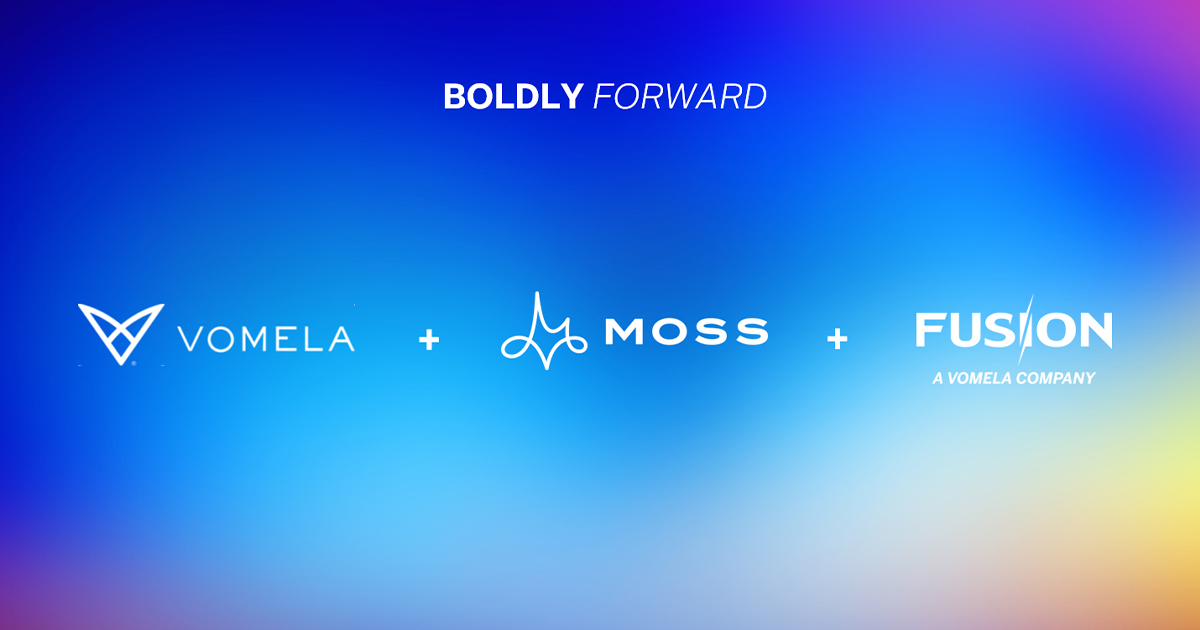
Trip the Insight Fantastic

“Insight” can be acquired in many ways—experience, reading, conversation, research, to name a few. You can consciously try to gain more insight into something, or an insight can hit you like a lightning bolt—generally called “eureka,” and “aha” moments. The question is, are you ready, wise, and prepared enough to make use of an insight?
A New Yorker article of a few years ago had this to say on the subject: “In general, creativity seems to come when insight is combined with the hard work of analytical processing. A person can’t discover the theory of general relativity in a dream if he isn’t a physicist who’s done some heavy thinking about the subject beforehand.”
This would not be true just of theoretical physicists, but of marketers, too. The secrets to adapting insights to marketing are twofold: the thinker must have something of a prepared mind—that is, has done some heavy thinking beforehand, and is in the right inward-looking, quiet state of mind.
It can also be suggested that, unlike the annoying buzz of email, the peace that accompanies the reception of direct mail—physical, dimensional mail of some sort—can play a role in the success of insight generation. According to Chip and Dan Heath, authors of The Power of Moments, “Moments of insight” deliver realizations and transformations. What’s more, it is even possible to assist others in coming to an insight. “To produce moments of insight for others,” they write, “we can cause [people] to ‘trip over the truth’ by revealing a clear insight [to be] discovered.”
Show, Not Tell
However, for this to work, marketers must show, not tell, the prospect or customer where the insight might lay, not tell them what it is. The “aha!” moment should always take place in the mind of the audience, not be foist upon them. Creating a moment of insight is all about helping the audience recognize a problem so they can fully appreciate the solution you provide—it is not about telling them what you believe or think. Especially refrain from touting or otherwise promoting your product or service at this point. The time for that will come.
When people experience this “aha” moment, they frequently act on it because they’ve become believers in their own insight without any form of coercion. The three components necessary for this model to work include:
- Clear insight that should leave very little room for disagreement or debate.
- An experience that is quick and impactful.
- A moment of discovery by the recipient.
Insight Requires the Right Data
So, what does this mean for marketers? This framework requires the right data from a CRM/MAP system, which makes it possible to trigger mailers that deliver the right message at just the right moment in the customer journey. For the message to create a moment of insight for the recipient, it must address a real challenge or pain point.
Opening personalized dimensional mail is a quiet, often solo, activity; it can be done during calm downtime. Studies show opening a personalized package can be a positive, even fun, experience. Add to that scenario a package or mailer containing content, information, ideas, suggestions that are pertinent to the recipient and you’ve created a potential aha moment of insight.
For an even more wide-ranging look at the power of direct mail, download “PFL's Essential Guide To: Creating Powerful Direct Mail Moments Across the Customer Lifecycle.”




